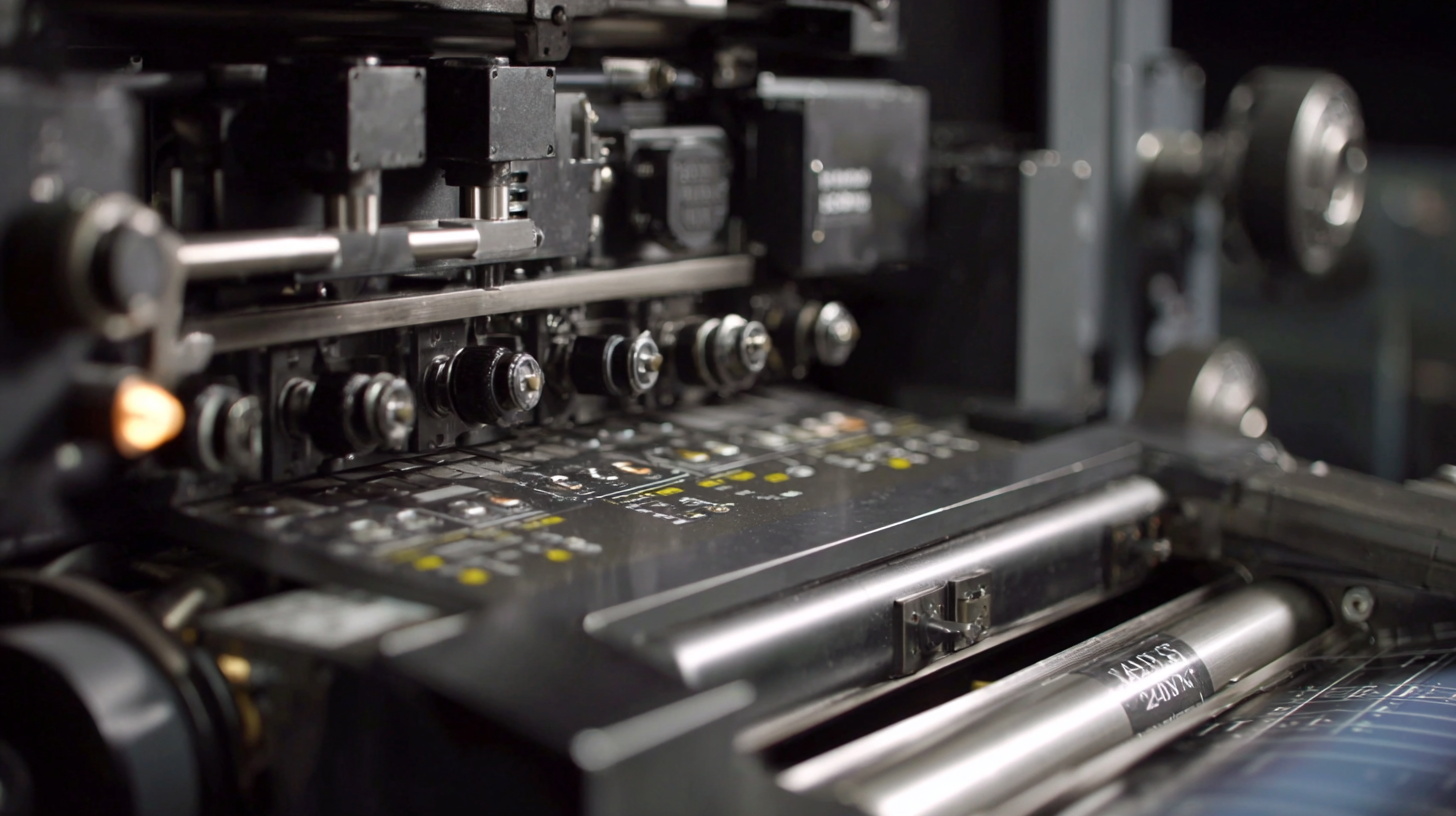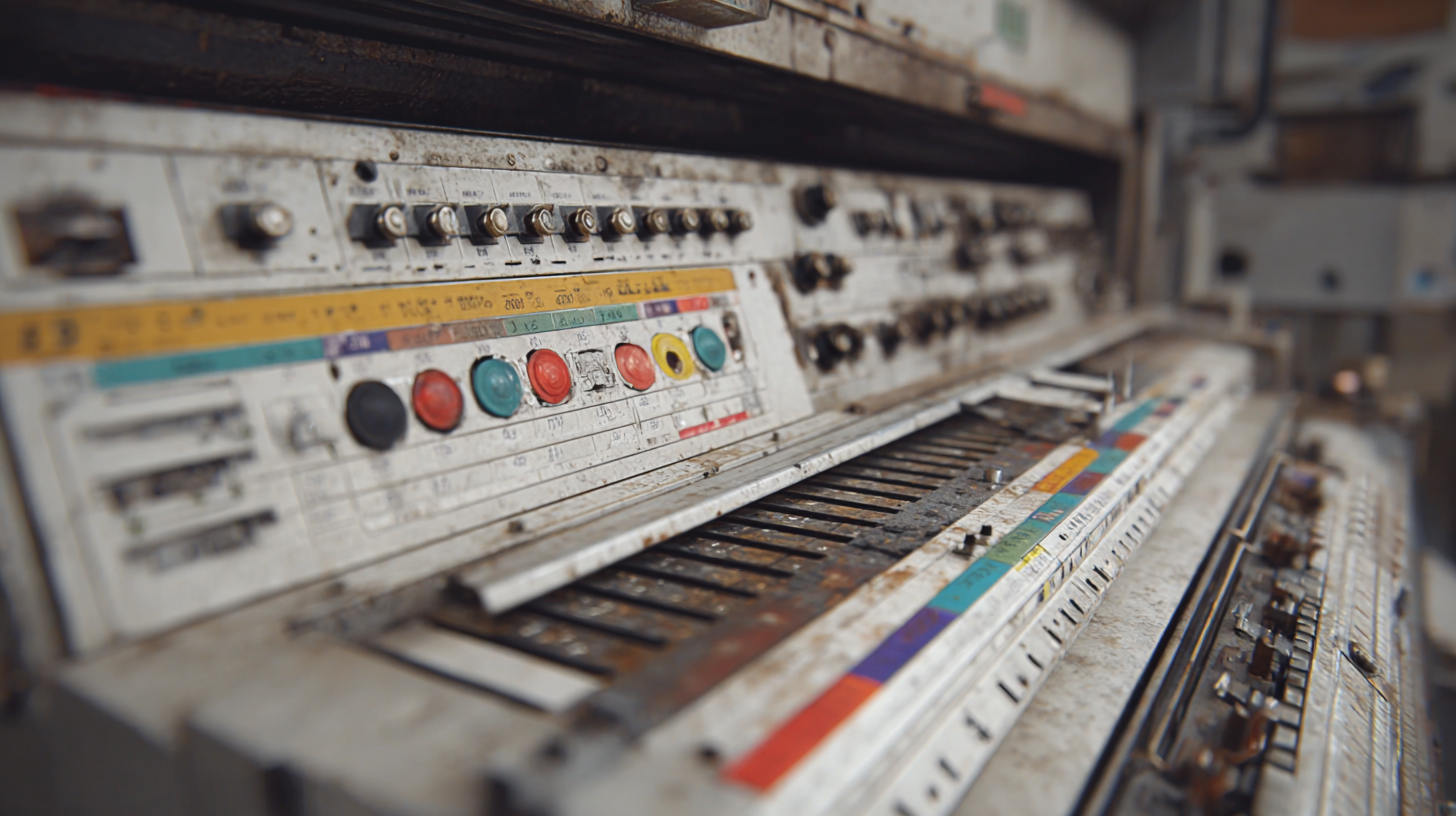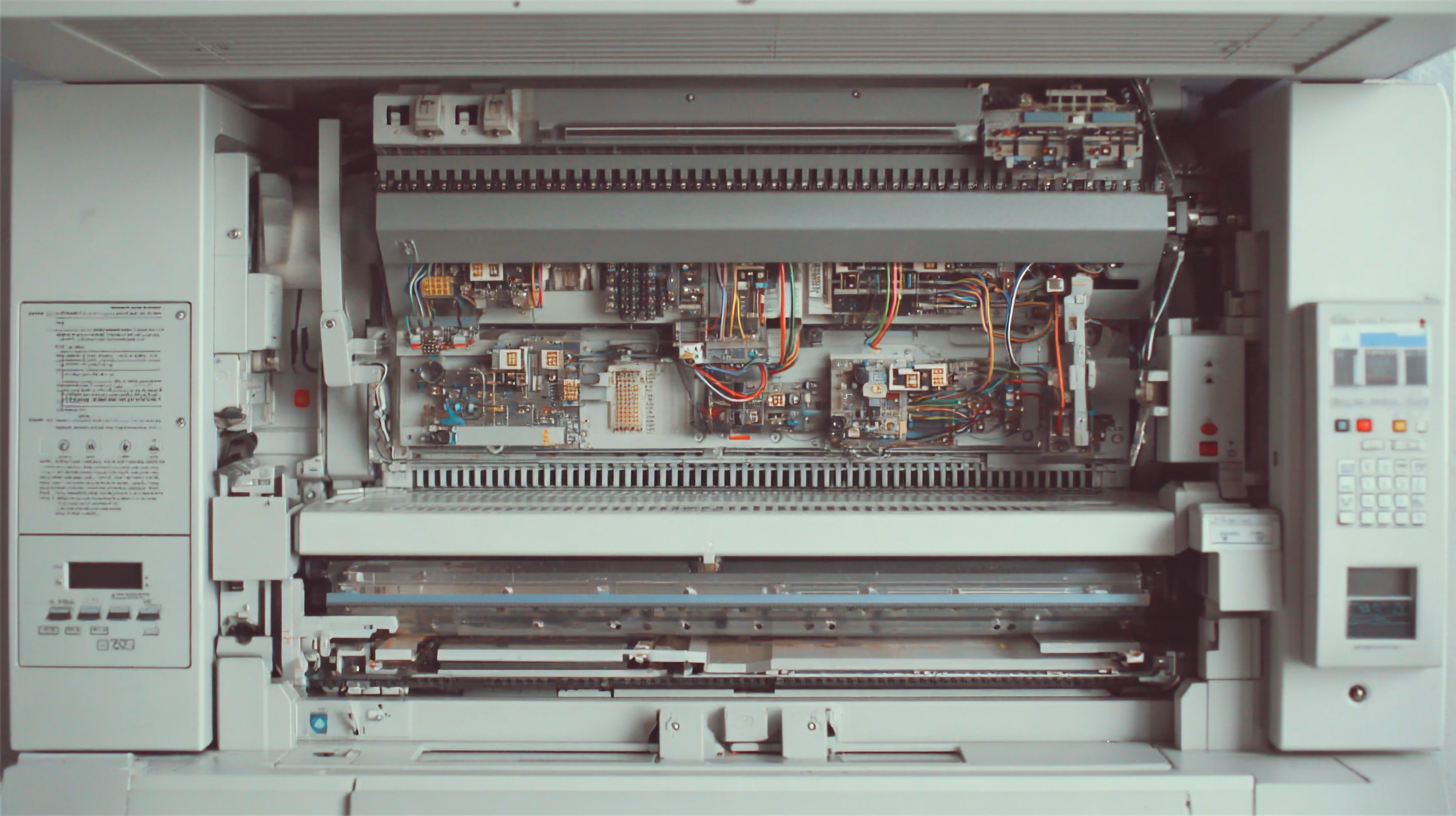Partner Login
Enter your username and password here on order to log in on the partner portal:
No registered partner yet?
Register nowExploring the Unique Features and Applications of Various Best Printer Machines
In today's fast-paced digital world, the significance of a reliable Printer Machine cannot be overstated. According to a recent report by Smithers Pira, the global printer market is expected to grow at a compound annual growth rate (CAGR) of 3.3%, reaching $25 billion by 2024. This growth is driven by a rising demand for high-quality printing across various sectors, including education, healthcare, and corporate environments. From multifunction devices that combine printing, scanning, and copying capabilities to specialized printers designed for specific applications, the diversity of printer machines available offers solutions tailored to meet the unique needs of users. This ultimate guide will delve into the distinctive features and applications of the best printer machines in the market, helping you make an informed choice in selecting the right equipment for your printing requirements.

The Evolution of Printer Technology: What to Expect in 2025
As we approach 2025, the landscape of printer technology is set to undergo significant transformation. Industry reports predict that the global printer market will reach approximately $62 billion by 2025, with a compounded annual growth rate (CAGR) of about 3.7% from 2020. This growth is largely driven by the increasing demand for high-quality printing in sectors such as education, healthcare, and corporate environments. Innovations in 3D printing and eco-friendly materials are also shaping the future, providing businesses with sustainable options while enhancing their operational capabilities.
One notable trend is the rise of smart printing solutions, integrating cloud technology and IoT capabilities into printers. According to a report by MarketsandMarkets, the smart printing market is expected to grow from $19 billion in 2020 to over $50 billion by 2025. This shift not only improves connectivity and productivity but also aligns with the push towards remote work and digital workflows. As businesses adapt to these changes, features like mobile printing, automatic document feeders, and advanced security protocols will become standard, making printers more user-friendly and efficient in a rapidly evolving digital landscape.

Innovative Printing Solutions: How 3D Printing is Reshaping Industries
In recent years, 3D printing technology has made significant strides, revolutionizing how industries approach manufacturing and design. Unlike traditional printing methods, which typically produce two-dimensional images on flat surfaces, 3D printing creates three-dimensional objects by layering materials such as plastics, metals, or even biological materials. This innovative approach allows for greater customization and flexibility, enabling businesses to innovate products in ways previously thought impossible. From rapid prototyping to full-scale production, the applications of 3D printing are vast and varied.
Moreover, industries such as healthcare, aerospace, and automotive are already witnessing the transformative effects of this technology. In healthcare, for instance, 3D printing is being used to create customized prosthetics and implants tailored to individual patient needs, thereby improving outcomes and reducing costs. Similarly, the aerospace sector is leveraging 3D printing to manufacture lightweight components that enhance fuel efficiency. As this technology continues to evolve, it not only enhances operational efficiencies but also fosters sustainability by minimizing material waste and enabling on-demand production. The future of 3D printing is bright, promising to reshape industries and drive innovation across the globe.
Eco-Friendly Printers: The Rise of Sustainable Printing Practices
In recent years, eco-friendly printers have gained significant traction in both homes and offices, driven by a growing awareness of environmental sustainability. These printers, often designed to use less energy and reduce waste, incorporate advanced technologies such as inkjet printing that minimizes ink consumption. Additionally, many eco-friendly models utilize recycled materials in their construction, aligning with the broader trend of sustainable manufacturing practices.
Sustainable printing practices extend beyond just the printer itself. Many eco-friendly printers are compatible with refillable ink cartridges and offer mobile printing options, which encourage responsible usage. Furthermore, the rise of digital documents has complemented these printers' capabilities, promoting a shift away from excessive paper use. As businesses and individuals embrace these innovations, the demand for greener alternatives continues to shape the printing industry, fostering a culture of environmental responsibility.
Exploring the Unique Features and Applications of Various Best Printer Machines - Eco-Friendly Printers: The Rise of Sustainable Printing Practices
| Printer Type | Key Features | Eco-Friendly Aspect | Applications |
|---|---|---|---|
| Inkjet Printer | High resolution, versatile media support | Uses vegetable-based ink, reduced waste through refillable cartridges | Home printing, art reproductions |
| Laser Printer | Fast printing speeds, high volume capabilities | Long-lasting toner cartridges, energy-efficient modes | Office environments, high volume document printing |
| Dye-Sublimation Printer | Continuous tone, high quality color printing | Non-toxic dyes, recyclable materials | Photography, textile printing |
| 3D Printer | Additive manufacturing, supports various materials | Biodegradable filament options | Prototyping, custom manufacturing |
| Thermal Printer | Compact design, quiet operation | No ink needed, uses thermal paper | Labeling, receipts |
Smart Printers: Integrating AI and IoT for Enhanced User Experience
 The advent of smart printers marks a significant shift in the way we approach printing tasks, integrating advanced technologies like Artificial Intelligence (AI) and the Internet of Things (IoT) to enhance user experiences. These devices are no longer just output tools but intelligent systems that can learn and adapt to user behaviors. With AI capabilities, smart printers can suggest printing settings, optimize ink usage, and even predict maintenance needs, reducing downtime and ensuring a seamless printing process.
The advent of smart printers marks a significant shift in the way we approach printing tasks, integrating advanced technologies like Artificial Intelligence (AI) and the Internet of Things (IoT) to enhance user experiences. These devices are no longer just output tools but intelligent systems that can learn and adapt to user behaviors. With AI capabilities, smart printers can suggest printing settings, optimize ink usage, and even predict maintenance needs, reducing downtime and ensuring a seamless printing process.
IoT integration further expands the functionality of smart printers by allowing them to connect to various devices and cloud services. Users can print documents directly from their smartphones or tablets, while remote management features enable monitoring and controlling printer settings from anywhere. This connectivity also facilitates automatic ordering of supplies, ensuring that users always have the necessary materials on hand without the hassle of manual restocking. In this evolving landscape, smart printers not only simplify tasks but also deliver a more efficient and user-friendly printing experience.
Versatile Applications of Modern Printers in Home and Office Settings
Modern printers have evolved significantly, making them essential tools in both home and office settings. Their versatility is evident in the different printing needs they fulfill, ranging from basic document printing to intricate photo reproduction. In a home environment, printers allow families to print everything from school projects and invitations to photos for scrapbooks. The availability of compact models also ensures that space is optimized, making it easier to integrate these machines into any living area.
In office settings, printers play a pivotal role in streamlining business processes. Multi-function printers (MFPs) combine printing, scanning, copying, and faxing capabilities, making them indispensable for busy workplaces. They enhance productivity by allowing quick access to essential documents and facilitating easy collaboration among team members. Furthermore, with advancements in wireless technology, office printers can now connect seamlessly to multiple devices, enabling remote printing and improving workflow efficiency. This adaptability ensures that whether for personal or professional use, modern printers meet diverse demands and keep pace with the fast-evolving technological landscape.